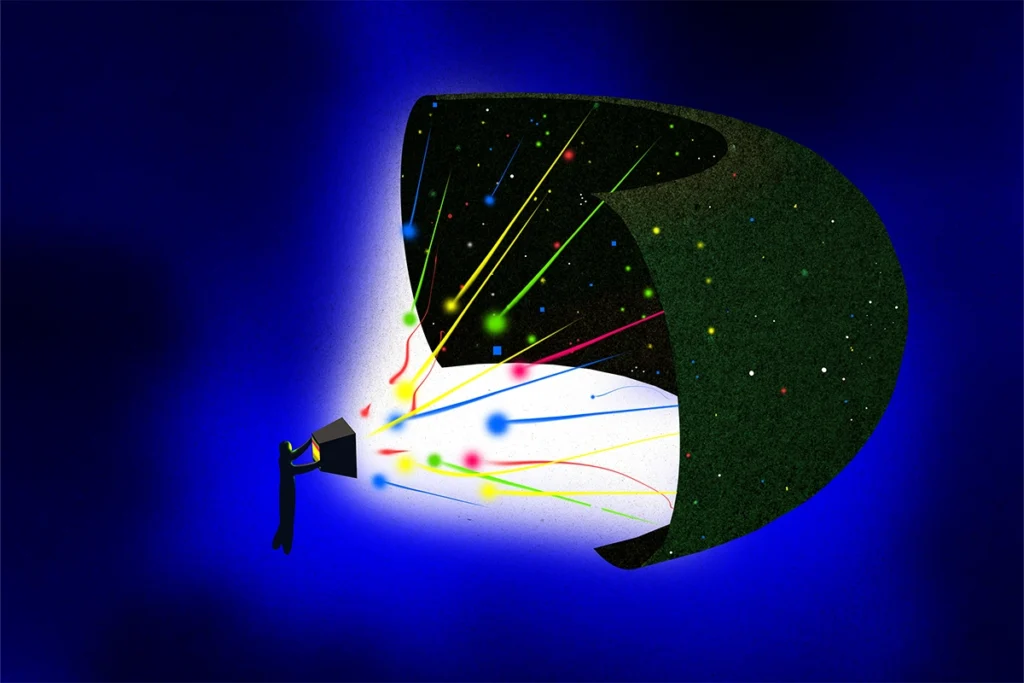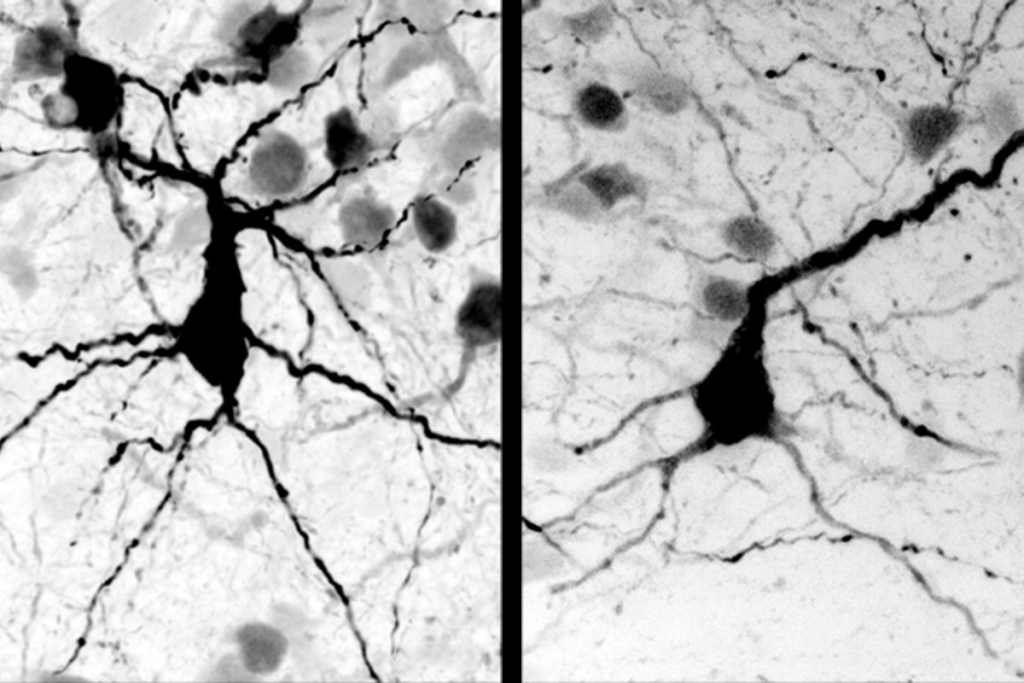Body state, sensory signals commingle in mouse whisker cortex
The new study challenges a long-held view that the barrel cortex exclusively encodes sensory signals from the whiskers.
The sensory cortex, like many other cortical brain areas, is named for its main function. But the region’s purview is more diverse than previously recognized, according to a new study that tracked neuronal activity in freely moving mice. Neurons in the barrel cortex within the somatosensory cortex that mediate whisker sensation also encode a mouse’s body state, or the configuration of its head and body, the study suggests.
The findings show that different sense modalities impinge on one another, says Jonathan Robert Whitlock, professor of systems neuroscience at the Norwegian University of Science and Technology, who was not involved with the work. “Body state matters to the sensory systems, and it’s baked into the sensory processing hardware.”
Previous sensory neuroscience research has typically relied on providing a stimulus, such as a beam of light, to anesthetized or head-fixed rodents. Both approaches enable scientists to study sensory systems in a controlled manner, but with limitations: Anesthesia blunts sensory processing, and head fixation masks activity related to spontaneous movement, some studies suggest.
“How much of the picture are we capturing here?” asks Rasmus Petersen, professor of neuroscience at the University of Manchester and principal investigator on the new study, of those methods.
With the advent of new neuronal recording and body-tracking technologies, Petersen and others began tracking neuronal activity while rodents moved around, to see how the sensory cortices behave in actively sensing animals. Neurons in the parietal cortex and the frontal motor cortex, which are involved in motor planning and execution, also show strong tuning to the posture of the head, neck and back of foraging rats, Whitlock and his colleagues reported in 2018. Even the visual cortex activates in response to body movements in mice, other studies show.
A similar phenomenon happens in the barrel cortex, according to the new findings, which were published last month in Current Biology. Neurons thought to be exclusive to sensing whisker signals also respond to different parameters of a mouse’s body position and movement, including head position and forward velocity.
The findings shift the field’s understanding of how and when information gets integrated to make a decision, Petersen says. The long-standing dogma suggests that the sensory system produces an objective description of the world, and then cognitive circuits pick out what they need from that. “I really don’t think that’s how the brain works,” he says. “Even the early sensory systems are geared up to extract precisely the information that animals need to control their behavior.”
I
n the experimental setup, a camera in each corner of a square-shaped arena recorded a mouse while it explored the space and novel objects within it. For several hundred frames of the videos, the researchers manually annotated eight different points on the mouse’s body and trained software to detect those points across the rest of the dataset. Importantly, the four cameras provided enough data to reconstruct the mouse’s posture in 3D, Petersen says.As expected, neurons in the barrel cortex fired whenever the animal’s whiskers touched a surface—either the arena’s floor, one of its walls or an object. But body state also influenced the activity of the same neurons, the team found using a computation model trained to predict neuronal firing based on various parameters related to the animal’s posture.
The model remained accurate even when the team cut the nerves that carry input from the whiskers, showing that the neurons respond to body state independently.
Of the 15 parameters tested, the most influential on neuronal activity were the angle of the head relative to the body (think of nodding) and forward velocity. But neurons responded to 54 distinct combinations of parameters, showing that the “movement repertoire of the animal was rich,” Whitlock says.
The fact that these parameters are important for the somatosensory cortex and are integrated at the same level as sensation makes sense, says Ehud Ahissar, professor of brain sciences at the Weizmann Institute of Science, who was not involved in the study. Animals need to know their position in the world early on during sensation to be able to make a decision. The body state “is part of the computation; it’s part of the prediction,” Ahissar says. “Part of what the brain is doing is including its own motion, its own kinematics, in the story. It’s not a separate story.”
Next, the team wants to figure out what the body state signals are and where they are coming from, Petersen says. And beyond the barrel cortex, other sensory areas could also be integrating body state cues, as Whitlock and others’ work shows. Ultimately, this may mean that “we need to revisit a lot of the big questions in sensory neuroscience and ask, ‘How do they work in freely moving animals?’” Petersen adds.
And it will be important to look at different species, Whitlock says. Mice and monkeys encode movement-related signals in the visual cortex differently, a previous study suggests. “We would never know of this interesting discrepancy and the varied sensory-processing schema in different species if we only studied rodent models,” he says. “There’s a hell of a lot more to learn about how the brain integrates across sensory and motor systems when the animals are actually behaving.”
Recommended reading
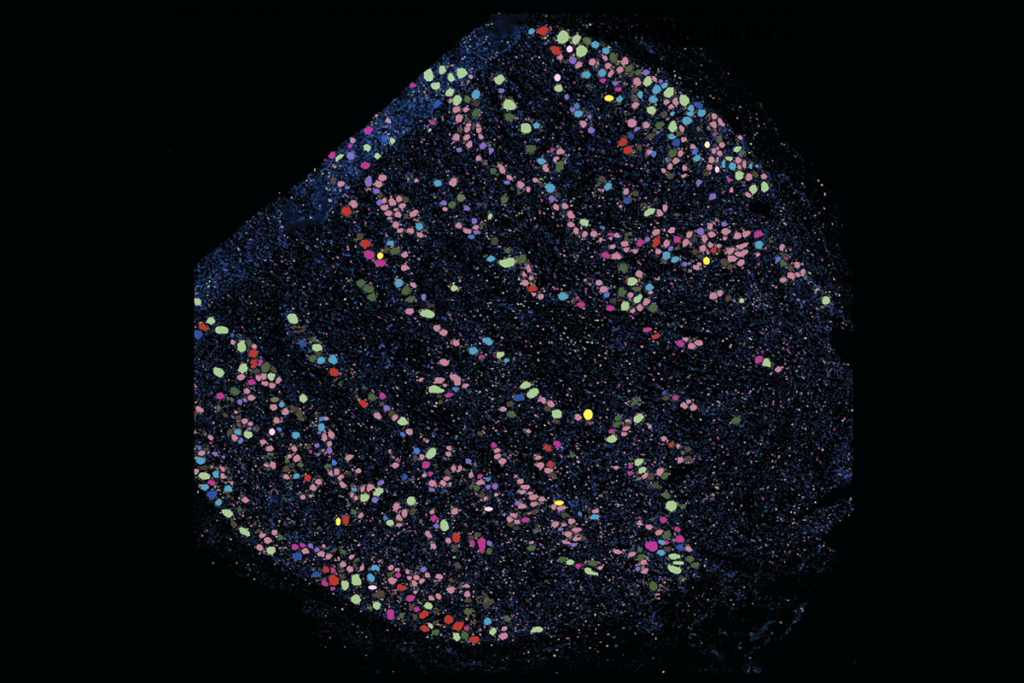
‘Unprecedented’ dorsal root ganglion atlas captures 22 types of human sensory neurons
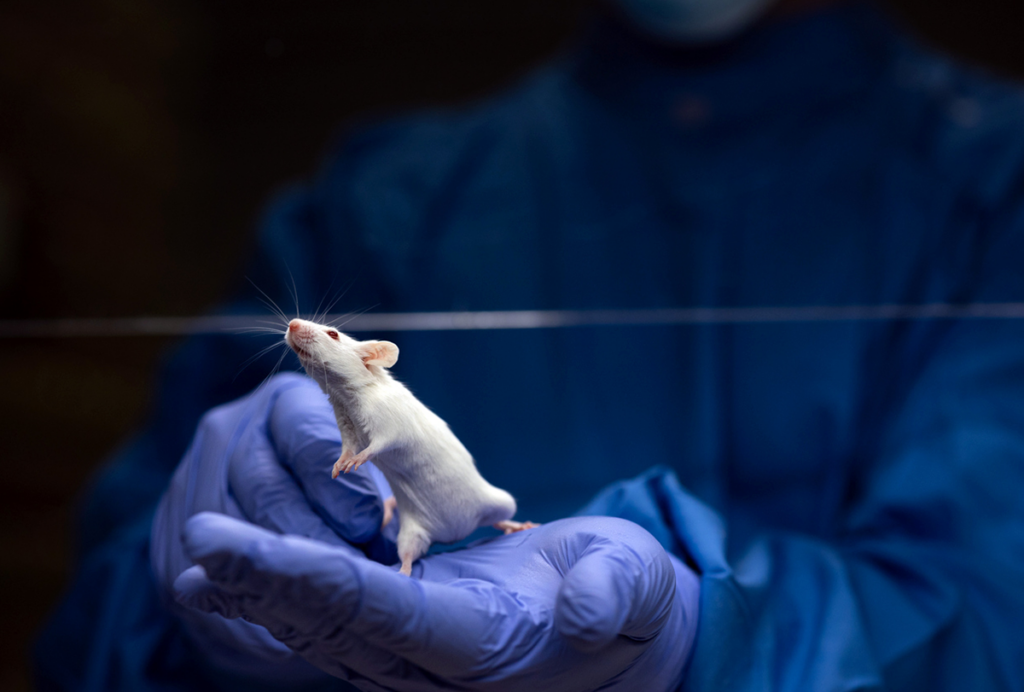
Psychedelics research in rodents has a behavior problem
Explore more from The Transmitter
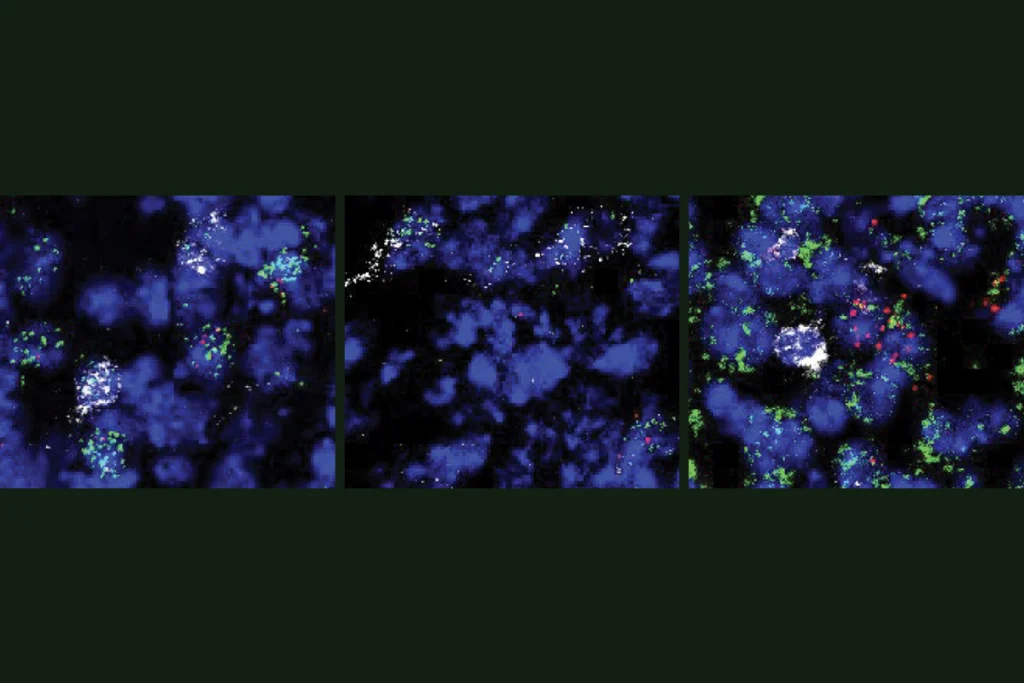
Novel neurons upend ‘yin-yang’ model of hunger, satiety in brain
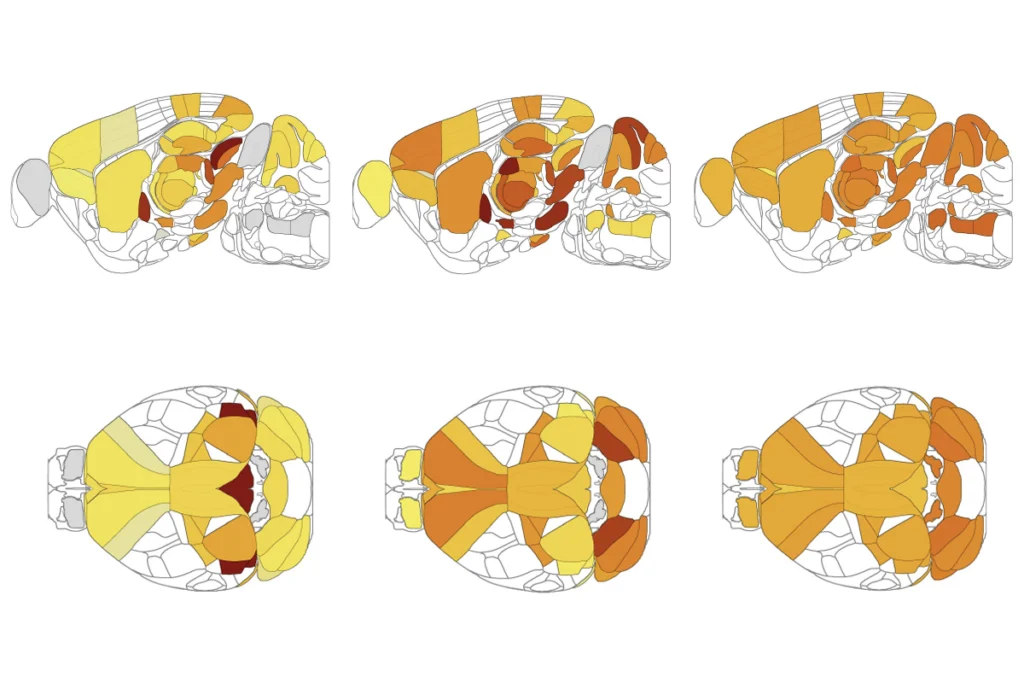
Widely distributed brain areas sync to orchestrate decisions in rodents
